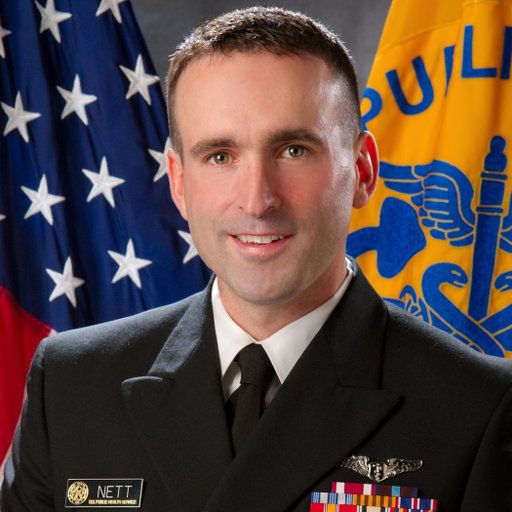Cluster of Serious Lung Disease Found Among Dentists in Virginia
A string of cases of lung disease among dentists in Virginia has prompted public health officials to research the respiratory health at dental practices.

Anyone who works or has worked in a dental office and begins to have unusual difficulty breathing should see their primary care physician to evaluate the breathing difficulty.
A peculiar cluster of lung-related disease among dentists is leading to renewed calls for proper respiratory protection at dental clinics.
The US Centers for Disease Control and Prevention (CDC) this month published a report looking at cases of idiopathic pulmonary fibrosis (IPF) among dentists in Virginia. IPF is a chronic lung disease and is often fatal. It’s associated with the inhalation of certain dangerous substances and thus is more common in workplaces where chemicals and certain environmental agents are present.
The new study dates back to April of 2016 when a dentist in Virginia was diagnosed with IPF. The clinic where the dentist sought treatment noted that this dentist wasn’t the first dental professional they treated for IPF. They reached out to the CDC to see if this was a common problem for dentists, but no such data existed.
The CDC, in turn, decided to look more closely at the question. They reviewed the records of 894 patients treated at the Virginia tertiary care center between 1996 and 2017. They found a total of nine dental professionals (eight dentists and one dental technician) who were diagnosed with IPF. Seven of the nine died. Though the number of cases is small, it represents a much higher than average rate of IPF. Dentists make up just 0.038 percent of the population, yet at this, clinic they represented nearly 1 percent of cases.
Lead author Randall J. Nett, MD, MPH, of the Respiratory Health Division of the CDC’s National Institute for Occupational Safety and Health, said dental practices don’t always have strong precautions in place to prevent exposure to inhaled health threats.
“Dental personnel are well-trained in preventing exposures from bloodborne pathogens like HIV by using personal protective equipment like gloves and surgical masks,” Nett told Dentist’s Money Digest. “However, surgical masks do not adequately protect against some inhalational exposures encountered in dental practice, like silica.”
For instance, the dentist at the Virginia clinic who survived IPF reported being exposed to known respiratory hazards like silica without wearing proper protection.
Nett said there isn’t yet solid data on the level of protection at dental practices when it comes to these types of health hazards.
“What we do not know at this time is how many dental clinics have adequate engineering controls (like ventilation) or use adequate respiratory protection (NIOSH-certified respirators) to protect against the inhalational respiratory hazards encountered in dental practice,” he said.
It’s also not yet known whether the Virginia cluster is a fluke, or evidence of a profession-wide threat. Nett said the CDC is currently in the process of putting together additional studies that could help determine if the dental industry as a whole faces a higher risk of IPF.
Unfortunately, there’s no way to know if a worker is developing IPF until symptoms arise. Nett said anyone who works or has worked in a dental office and begins to have unusual difficulty breathing should see their primary care physician to evaluate the breathing difficulty.
In the meantime, the Occupational Safety and Health Administration’s guidelines for respiratory protection can be found here.
.
Nett’s study, titled “Dental Personnel Treated for Idiopathic Pulmonary Fibrosis at a Tertiary Care Center — Virginia, 2000—2015,” is available on the CDC’s website.
Click here to sign up for more Dentist's Money Digest content and updates.
RELATED:
More Coverage on
·
Adhering to New Dental Codes Brings Financial Benefits
·
Dentist Fueled by Creating Experiences for His Patients
·